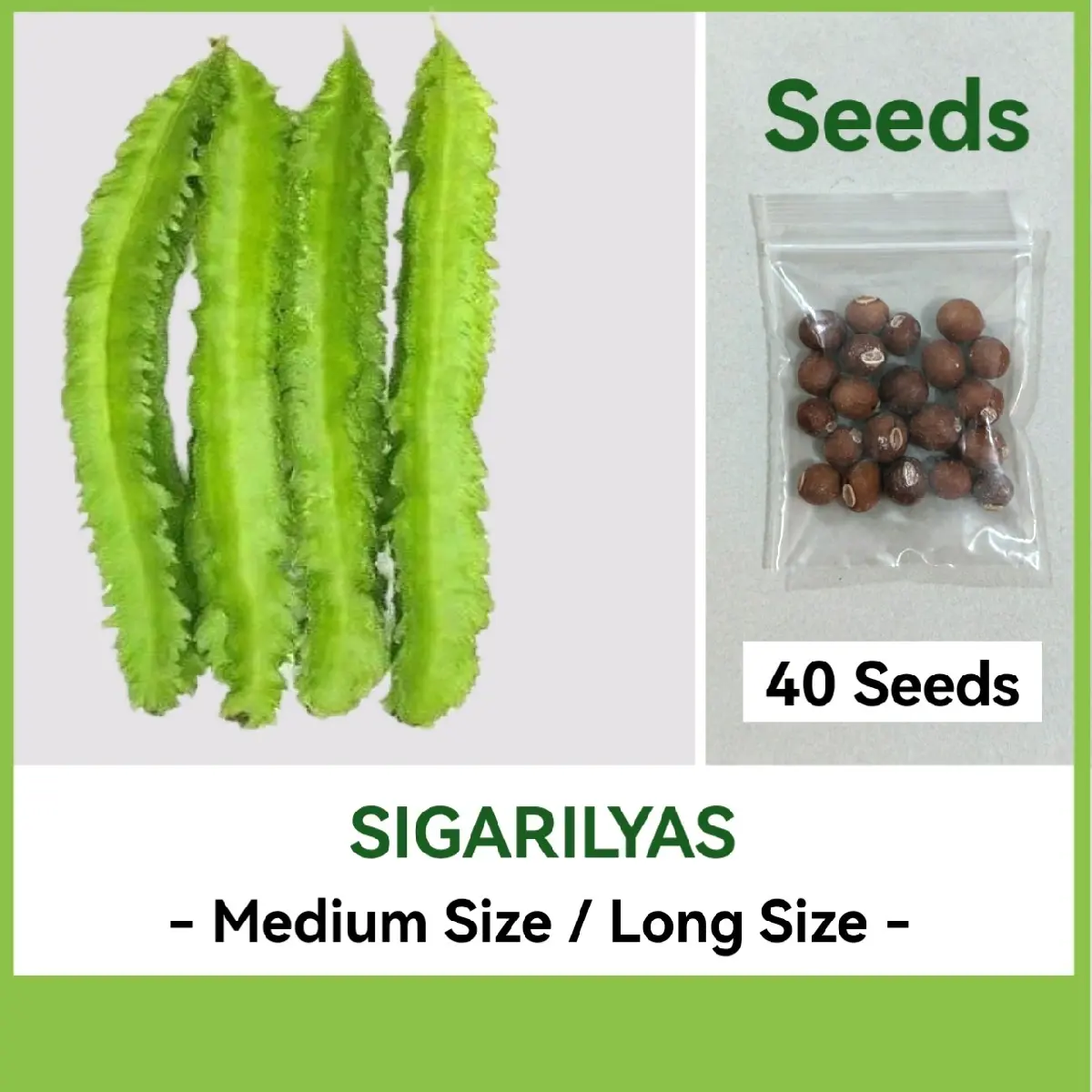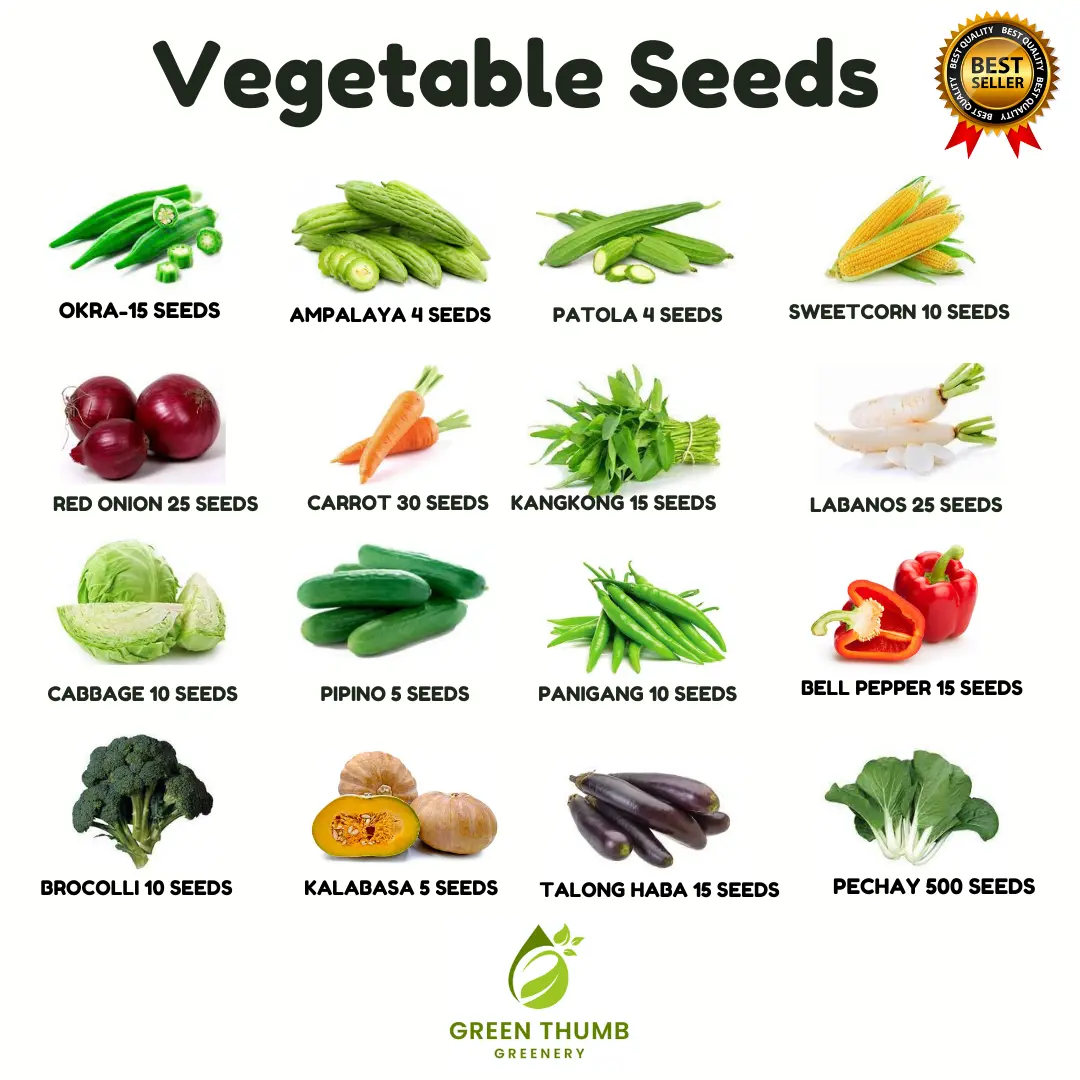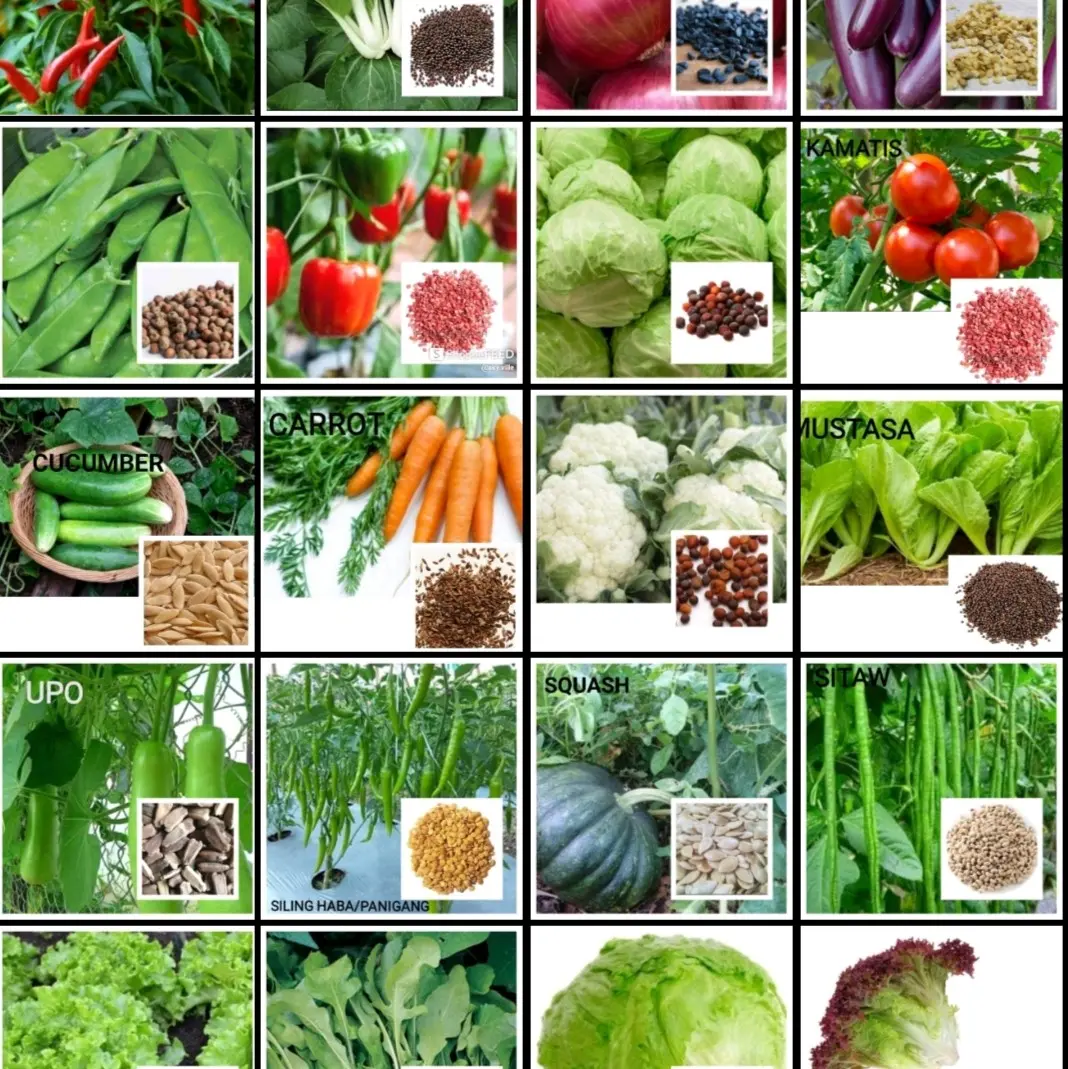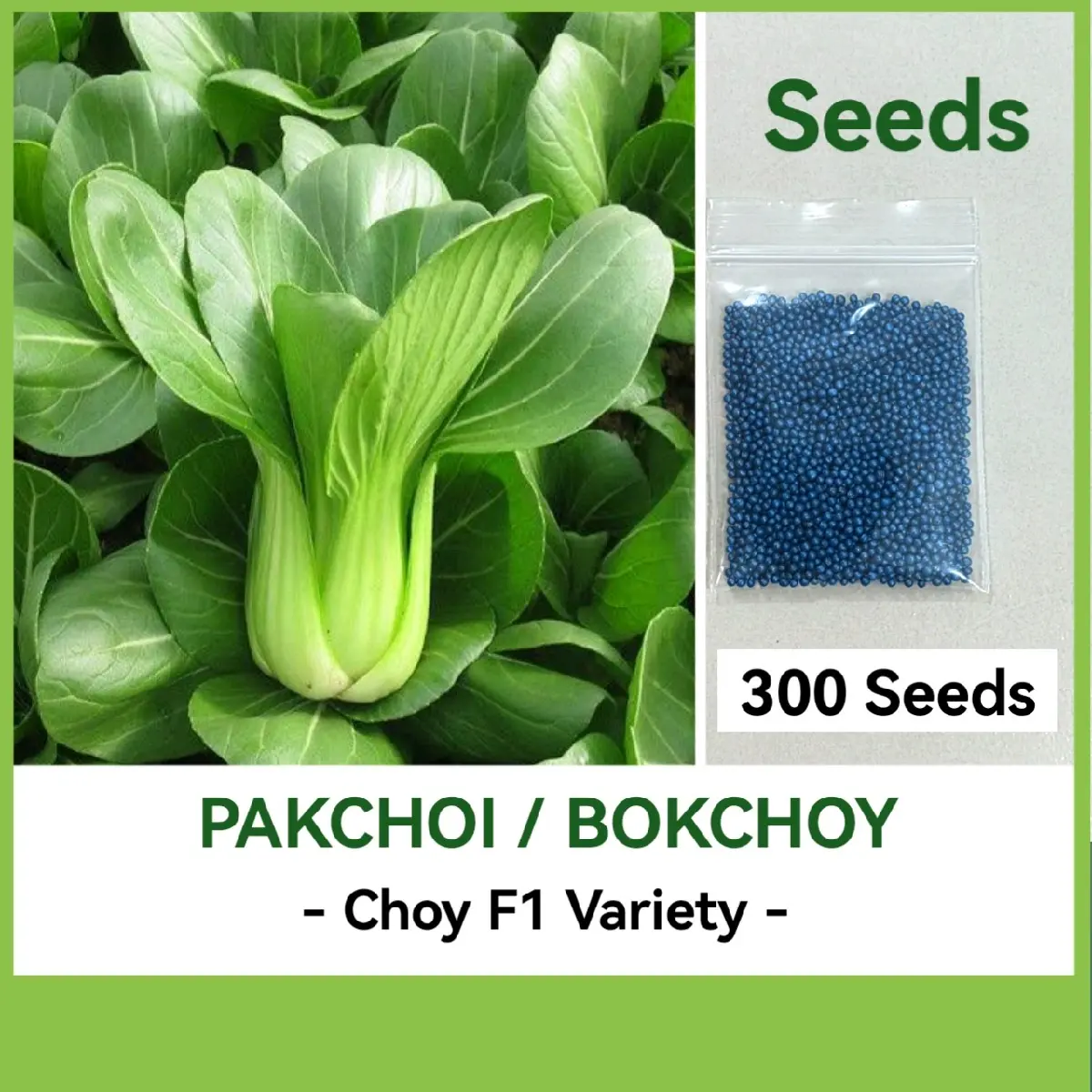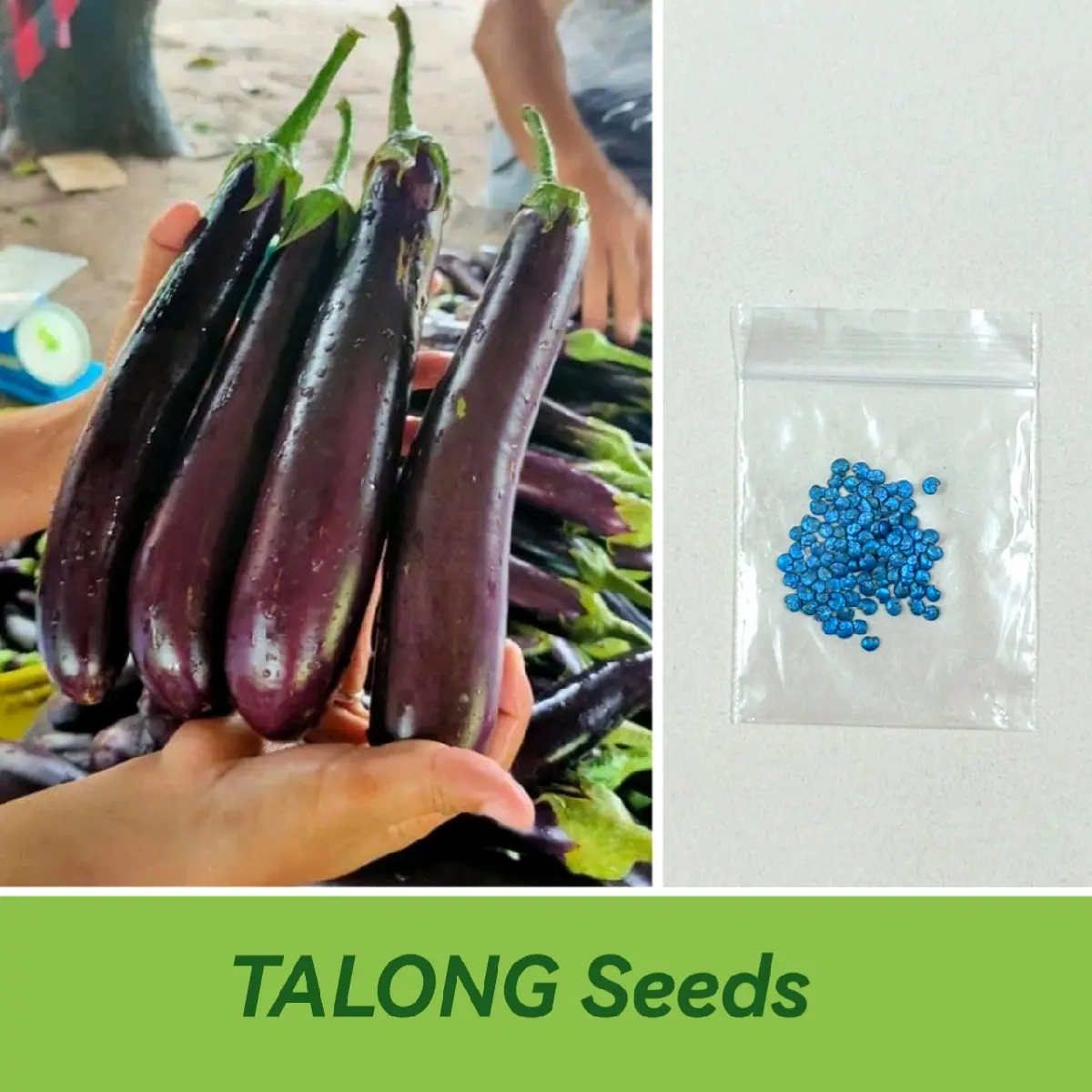Search
1/8
₱78.00
₱120.00-35%
Buy 2, save 2%
[Easy to grow in Philippines] Edamame Seeds for Planting (30 Seeds) Japanese Edamame Beans Seeds Green Soybean Seeds Vegetable Seeds for planting Vegetables Bonsai Vegetables Seeds for Pot Gardening Potted Live Plants for Sale Real Plants buto ng halaman
Sold by Good Seeds Store
9 sold
Select options
Default
Shipping
From ₱36.00
Est. delivery by Apr 29 - Apr 30
Specifications

Good Seeds Store
432 items
Shop performance
Better than 92% of other shops
Ships within 2 days
88%
Responds within 24 hours
96%
About this product
Packaging TypeBag
Product description
[Easy to grow in Philippines] Edamame Seeds for Planting (30 Seeds) Japanese Edamame Beans Seeds Green Soybean Seeds Vegetable Seeds for planting Vegetables Bonsai Vegetables Seeds for Pot Gardening Potted Live Plants for Sale Real Plants buto ng halaman
Our store are high quality seeds sourced from all around the world which are hand picked varieties specifically for optimal growing in Asian. Select Seeds are only commercially acceptable (uniform growth, high germination, long life shelf, top rated market varieties) making sure we bring only the best available seeds at an affordable price.
Planting method
1. Land preparation
Choose fertile, deep, well-drained soil plots, plough the soil deeply in the first winter, and use sunlight to whiten the soil, which can eliminate part of the bacteria in the soil. Before planting, combine soil preparation with enough base fertilizer, and use farmyard manure with organic fertilizer.
2. Sowing
The sowing method adopts the hole-sowing method, with 4-5 seeds per hole, and about 6000-7000 holes can be made per acre. After sowing, cover the soil in time. Be careful not to cover the soil too deeply. The seeds of edamame are large, and the top soil strength is poor after emergence. Therefore, it is necessary to sow properly and shallowly. It is best to cover the soil at about 2cm. Spray a herbicide two days after covering the soil to prevent the growth of disease-threatening seedlings.
3. Field management
Phosphorus and potassium fertilizers increase the yield of edamame. Therefore, more phosphorus and potassium fertilizers should be applied. When fertilizing, basal fertilizers should be used, supplemented by top-dressing fertilizers. If phosphorus and potassium fertilizers are insufficient, plant growth will be slow, and leaves will appear yellowing symptoms. When the edamame grows to a certain extent, it can be topped, which will not only prevent it from growing too long, but also allow it to mature early and increase the yield. The topping is generally at the flowering stage.
How to grow edamame
1. Planting time
Edamame is suitable for growing in a warm environment. It can be sown from February to March every spring. Sowing at this time can make edamame germinate as soon as possible and speed up the maturity of edamame. However, the specific sowing time should be based on local climatic conditions. Proper adjustment, it is recommended to choose to sow in sunny weather to improve the germination rate of seeds.
2, soil preparation and fertilization
Edamame is suitable for growing in soil with deep soil layer, loose and fertile soil and rich organic matter content. When planting edamame, loose and breathable sandy soil can be selected as the substrate for cultivation, and then an appropriate amount of plant ash, superphosphate solution and decomposed compost need to be applied to the soil as base fertilizer to make the soil more fertile, so that the edamame can thrive. growth and development.
3. Planting method
Before planting edamame, it is necessary to select seeds with round and full grains, soak them in warm water for 24 hours, and then place the edamame seeds in a room at about 28 ° C for germination treatment to improve the germination rate of the seeds. After that, the edamame seeds can be evenly sown on the surface of the soil. After the sowing is completed, it needs to be properly sprayed with water, so that the soil is in a slightly moist state.
4. Post-maintenance
After the edamame grows small sprouts, it is necessary to apply a fertilizer rich in phosphorus and potassium to supplement nutrients, so that the sprouts can grow vigorously. In addition, fertilizers should be applied every 20 days to supplement nutrients. Note that in the growth process of edamame, weeding treatment should be carried out in time to prevent weeds from consuming too much nutrients, so that edamame can grow vigorously.
![Product Introduction of [Easy to grow in Philippines] Edamame Seeds for Planting (30 Seeds) Japanese Edamame Beans Seeds Green Soybean Seeds Vegetable Seeds for planting Vegetables Bonsai Vegetables Seeds for Pot Gardening Potted Live Plants for Sale Real Plants buto ng halaman 27](https://p16-oec-va.ibyteimg.com/tos-maliva-i-o3syd03w52-us/f7d9729f568e4d7c8b720e87d05e1129~tplv-o3syd03w52-resize-jpeg:800:800.jpeg)
![Product Introduction of [Easy to grow in Philippines] Edamame Seeds for Planting (30 Seeds) Japanese Edamame Beans Seeds Green Soybean Seeds Vegetable Seeds for planting Vegetables Bonsai Vegetables Seeds for Pot Gardening Potted Live Plants for Sale Real Plants buto ng halaman 28](https://p16-oec-va.ibyteimg.com/tos-maliva-i-o3syd03w52-us/ecaa606250f948efa3a08515dc9813dd~tplv-o3syd03w52-resize-jpeg:800:800.jpeg)
![Product Introduction of [Easy to grow in Philippines] Edamame Seeds for Planting (30 Seeds) Japanese Edamame Beans Seeds Green Soybean Seeds Vegetable Seeds for planting Vegetables Bonsai Vegetables Seeds for Pot Gardening Potted Live Plants for Sale Real Plants buto ng halaman 29](https://p16-oec-va.ibyteimg.com/tos-maliva-i-o3syd03w52-us/d0bf9d5d287645b59eebe6a51914c0e8~tplv-o3syd03w52-resize-jpeg:800:800.jpeg)
![Product Introduction of [Easy to grow in Philippines] Edamame Seeds for Planting (30 Seeds) Japanese Edamame Beans Seeds Green Soybean Seeds Vegetable Seeds for planting Vegetables Bonsai Vegetables Seeds for Pot Gardening Potted Live Plants for Sale Real Plants buto ng halaman 30](https://p16-oec-va.ibyteimg.com/tos-maliva-i-o3syd03w52-us/59cfeb41a6b94ca3a40c88735a5e4f4b~tplv-o3syd03w52-resize-jpeg:800:800.jpeg)
![Product Introduction of [Easy to grow in Philippines] Edamame Seeds for Planting (30 Seeds) Japanese Edamame Beans Seeds Green Soybean Seeds Vegetable Seeds for planting Vegetables Bonsai Vegetables Seeds for Pot Gardening Potted Live Plants for Sale Real Plants buto ng halaman 31](https://p16-oec-va.ibyteimg.com/tos-maliva-i-o3syd03w52-us/b20ae04169a245bead1849b02b24b376~tplv-o3syd03w52-resize-jpeg:800:800.jpeg)
![Product Introduction of [Easy to grow in Philippines] Edamame Seeds for Planting (30 Seeds) Japanese Edamame Beans Seeds Green Soybean Seeds Vegetable Seeds for planting Vegetables Bonsai Vegetables Seeds for Pot Gardening Potted Live Plants for Sale Real Plants buto ng halaman 32](https://p16-oec-va.ibyteimg.com/tos-maliva-i-o3syd03w52-us/d2d5ae083d214abc80692c0ac2b77b46~tplv-o3syd03w52-resize-jpeg:800:800.jpeg)
![Product Introduction of [Easy to grow in Philippines] Edamame Seeds for Planting (30 Seeds) Japanese Edamame Beans Seeds Green Soybean Seeds Vegetable Seeds for planting Vegetables Bonsai Vegetables Seeds for Pot Gardening Potted Live Plants for Sale Real Plants buto ng halaman 33](https://p16-oec-va.ibyteimg.com/tos-maliva-i-o3syd03w52-us/c496fb771db0476fb9e646ed457e54de~tplv-o3syd03w52-resize-jpeg:800:800.jpeg)
![Product Introduction of [Easy to grow in Philippines] Edamame Seeds for Planting (30 Seeds) Japanese Edamame Beans Seeds Green Soybean Seeds Vegetable Seeds for planting Vegetables Bonsai Vegetables Seeds for Pot Gardening Potted Live Plants for Sale Real Plants buto ng halaman 34](https://p16-oec-va.ibyteimg.com/tos-maliva-i-o3syd03w52-us/941e8270097248c5bb4323cd35ea3ff4~tplv-o3syd03w52-resize-jpeg:800:800.jpeg)
Explore more from Good Seeds Store


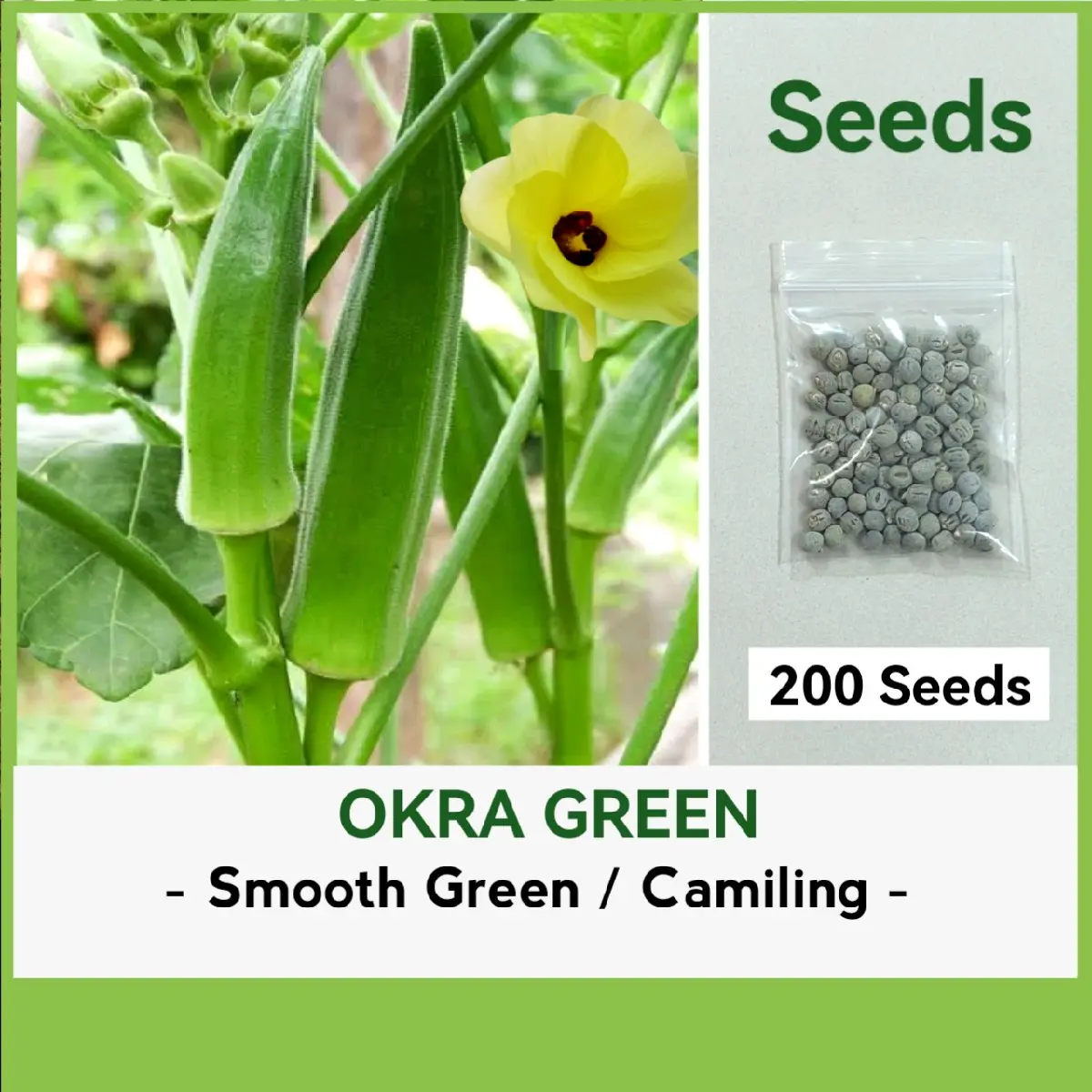
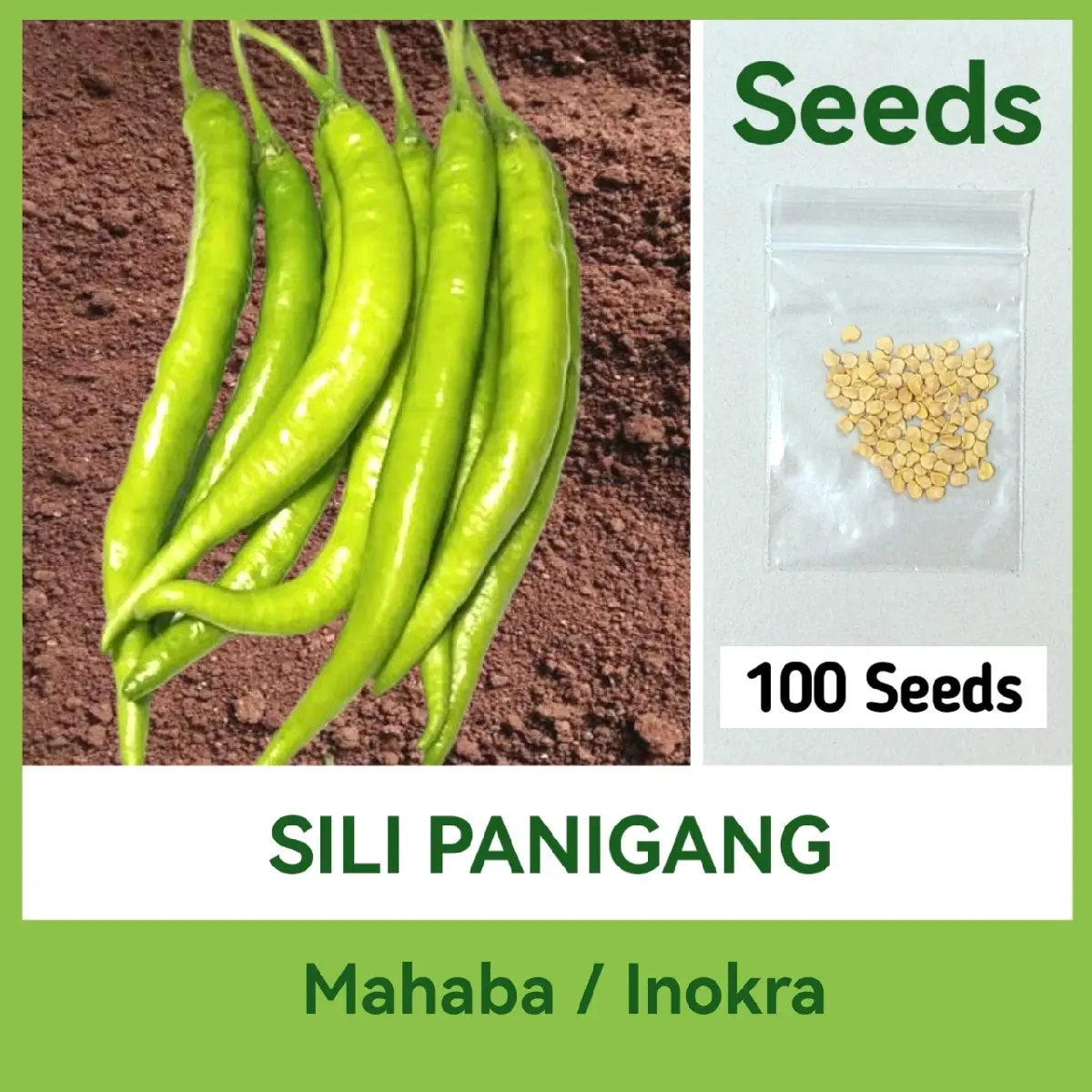
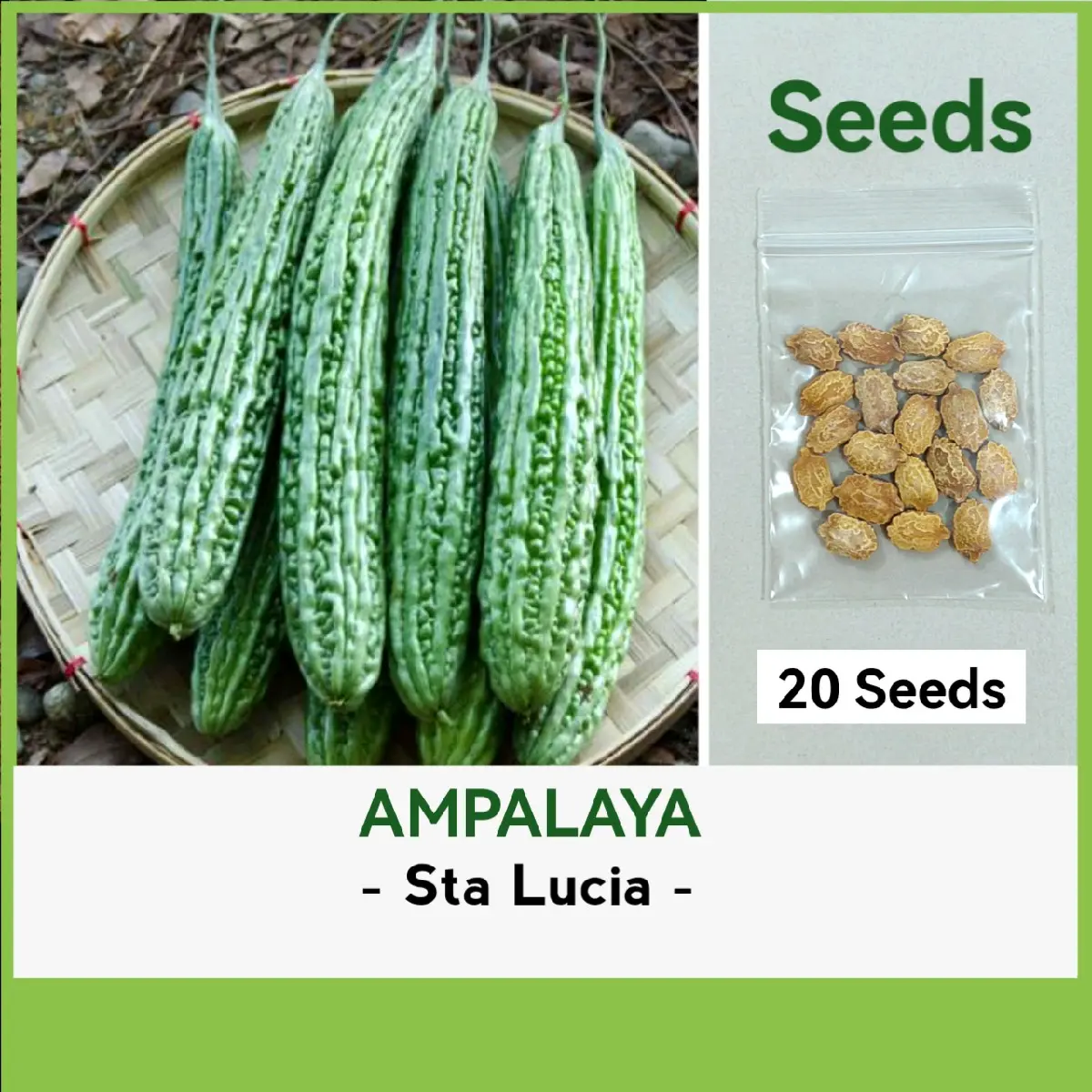
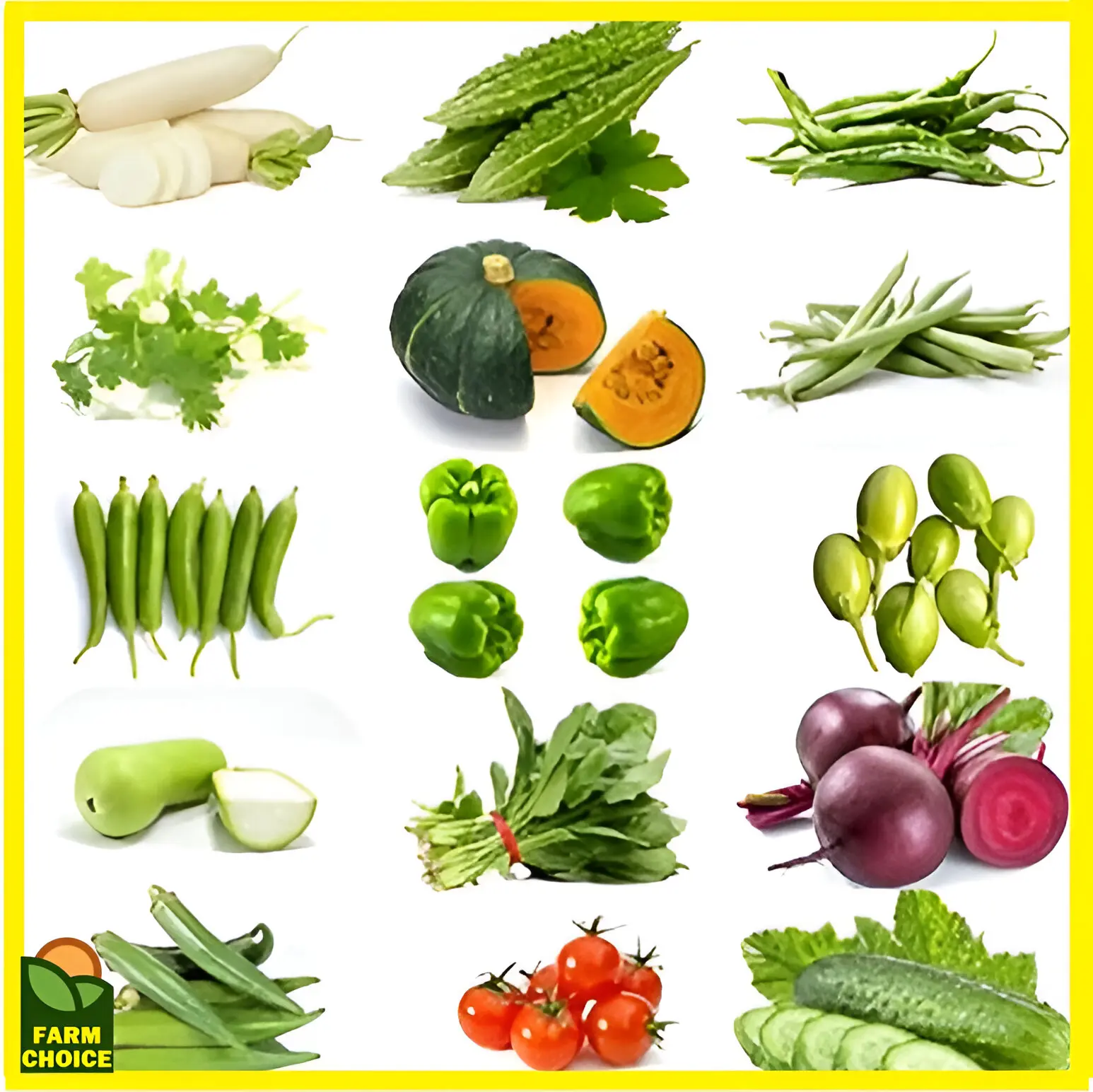
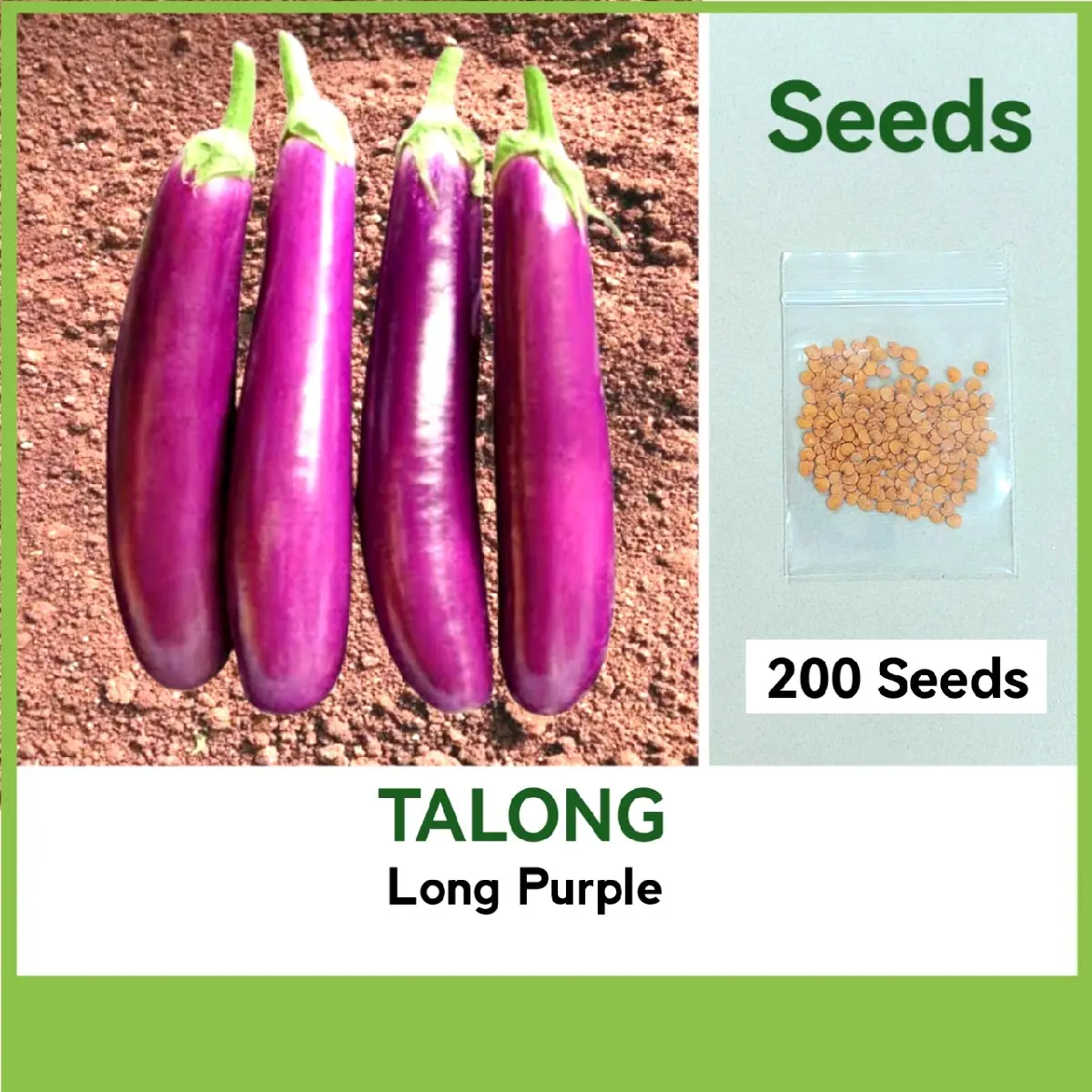
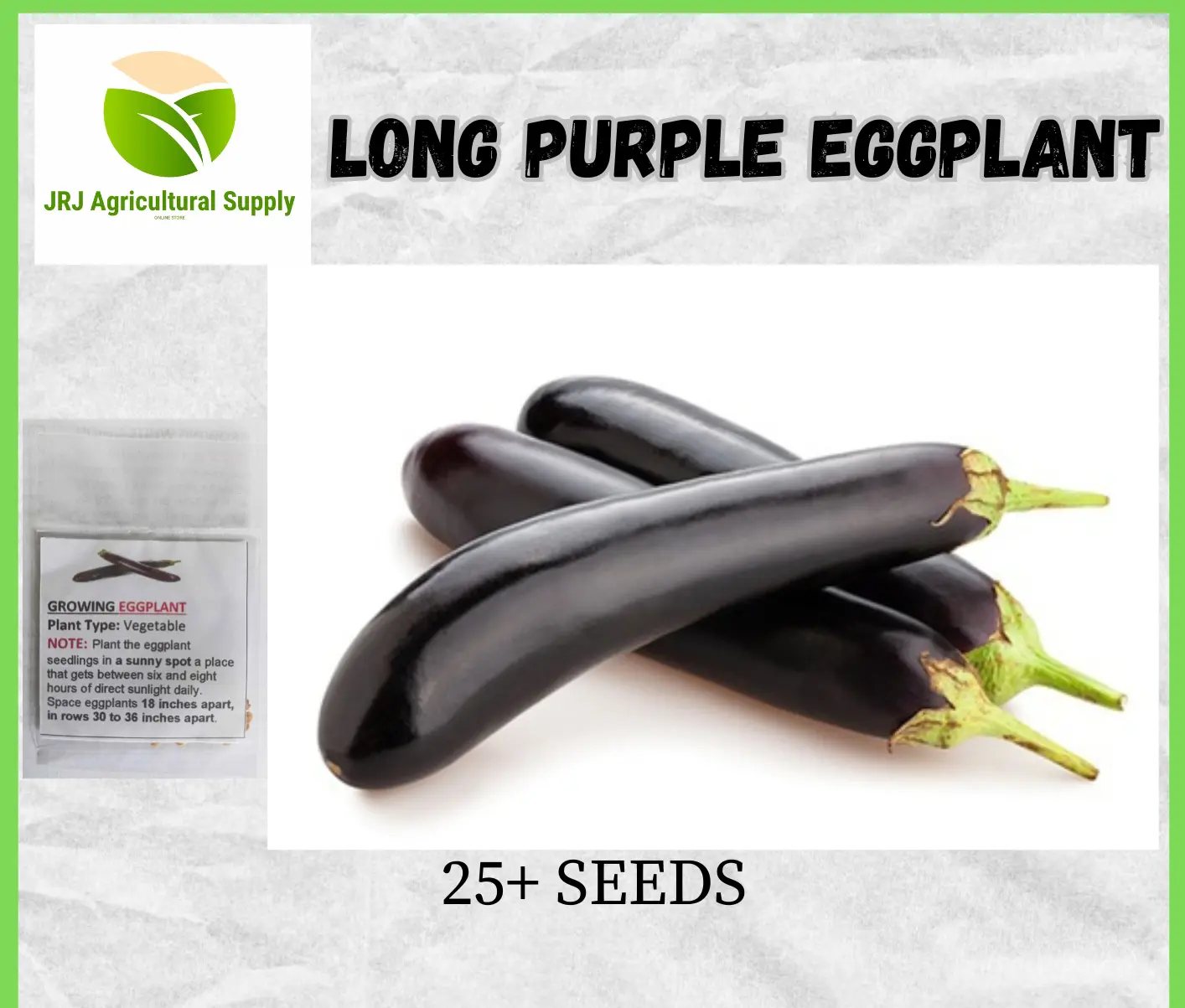
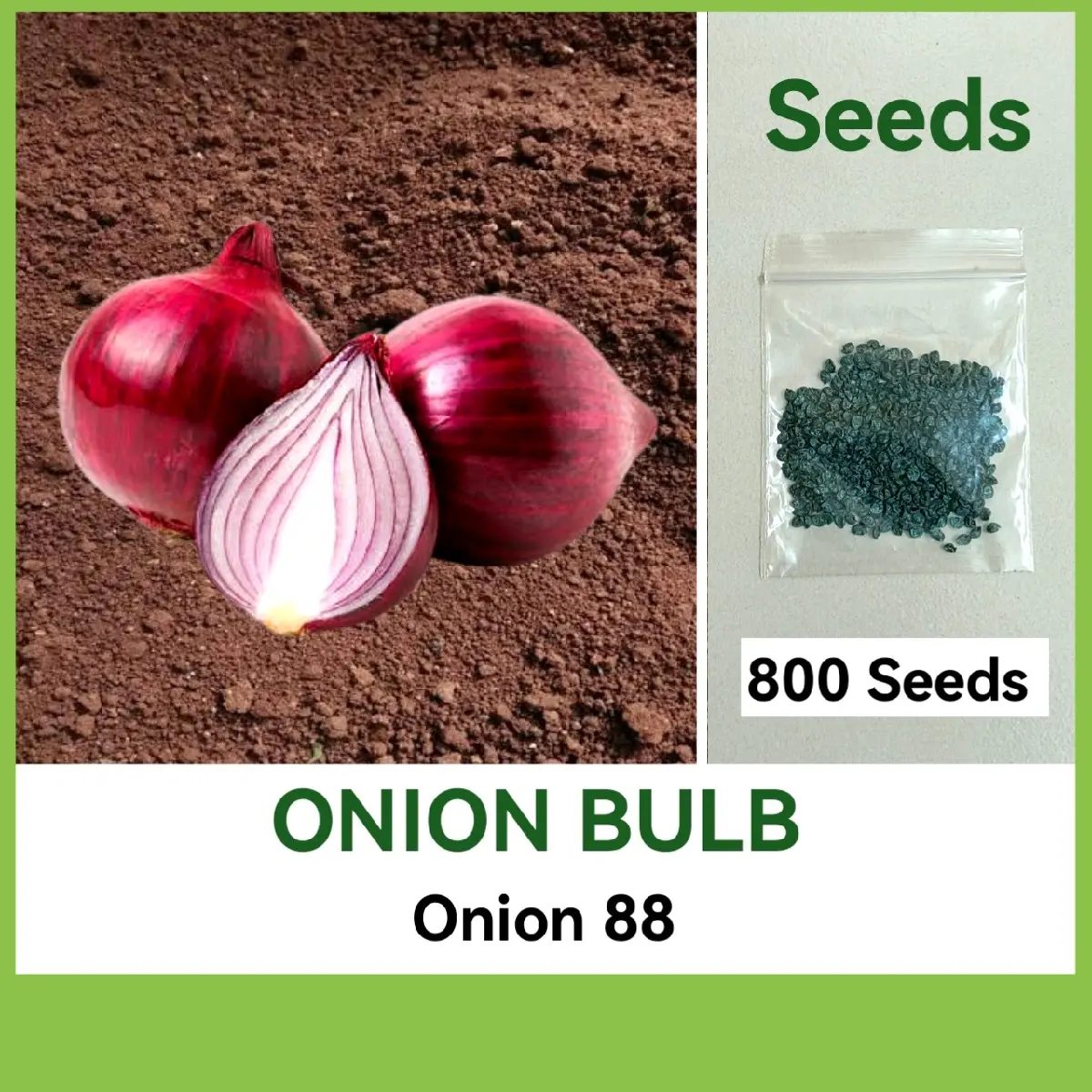

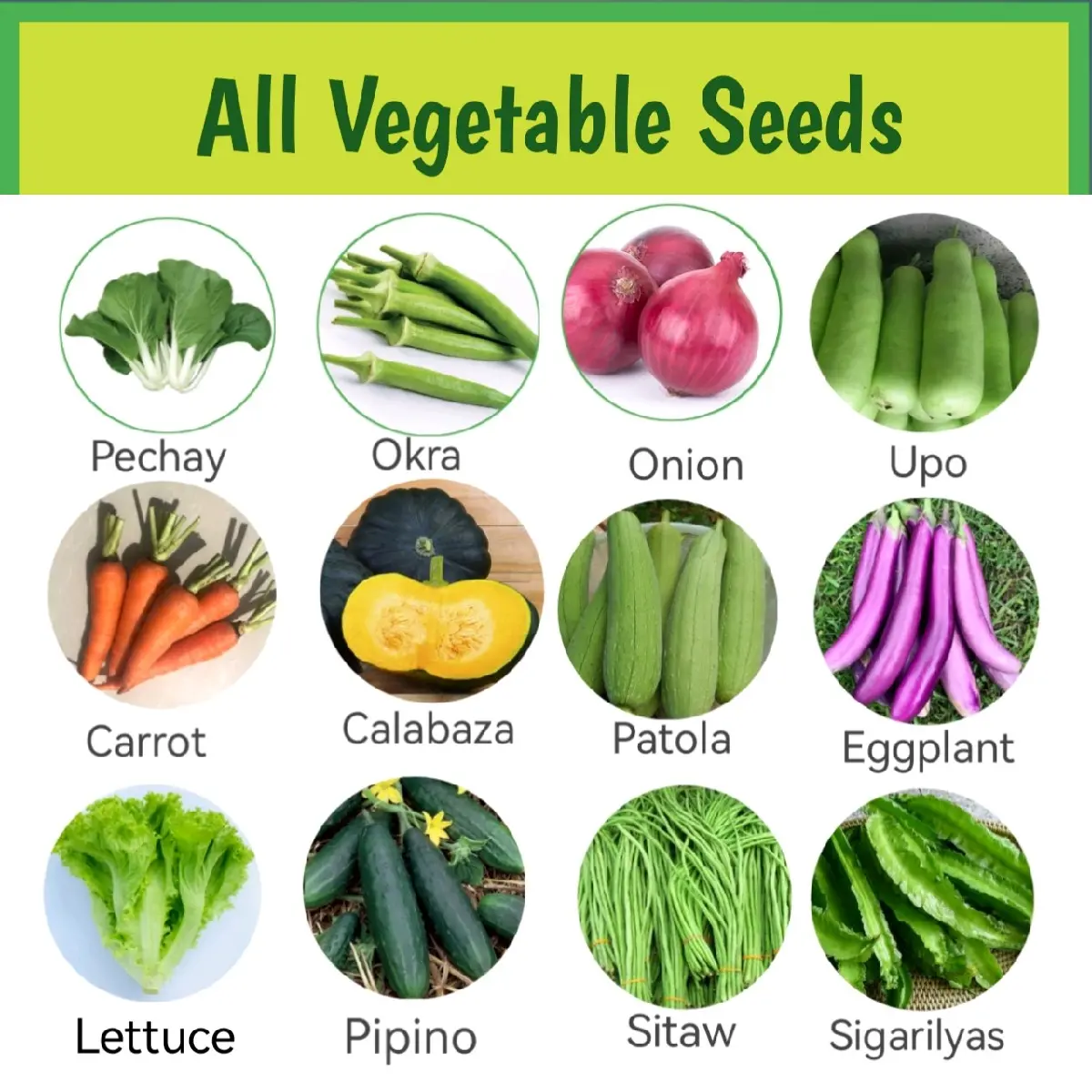
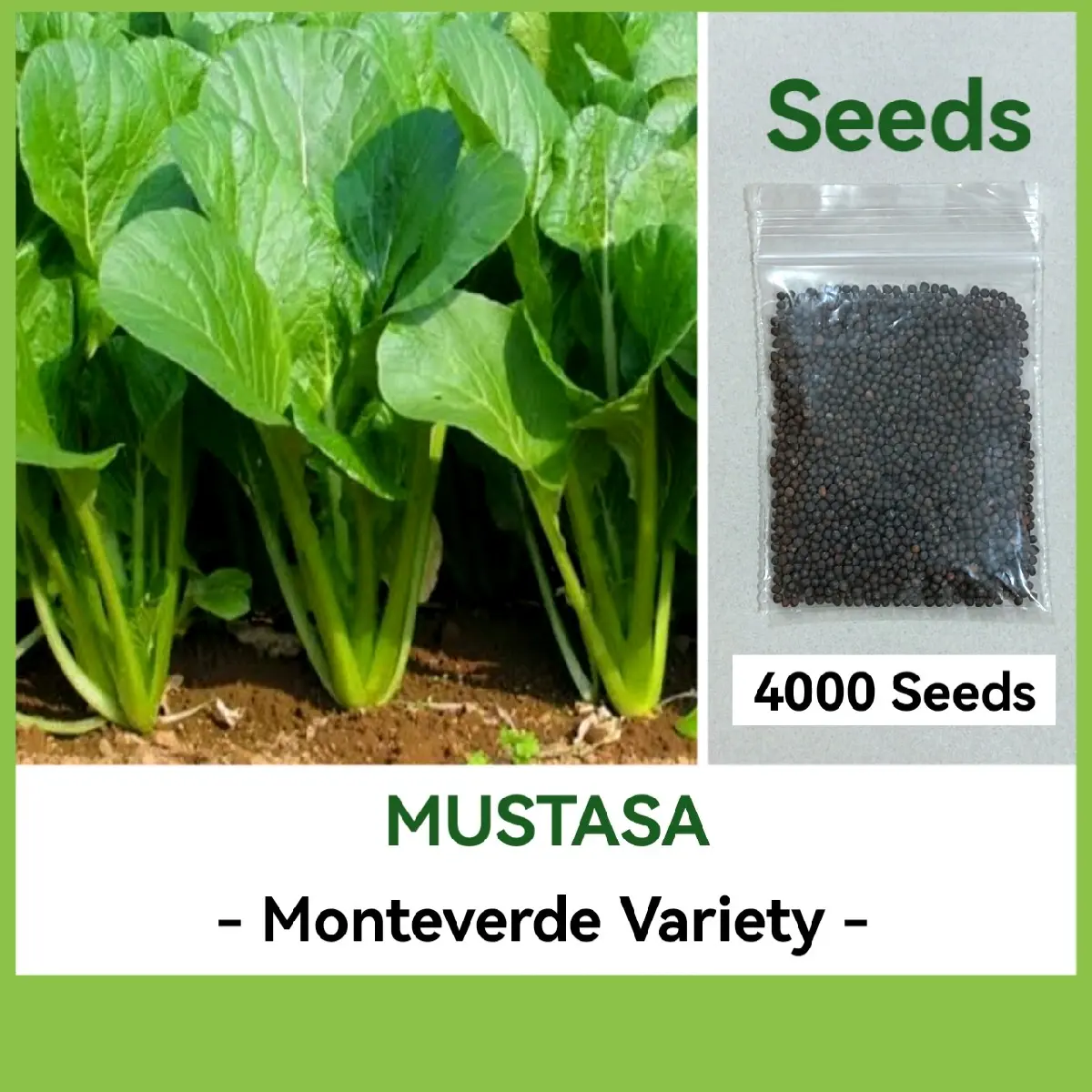
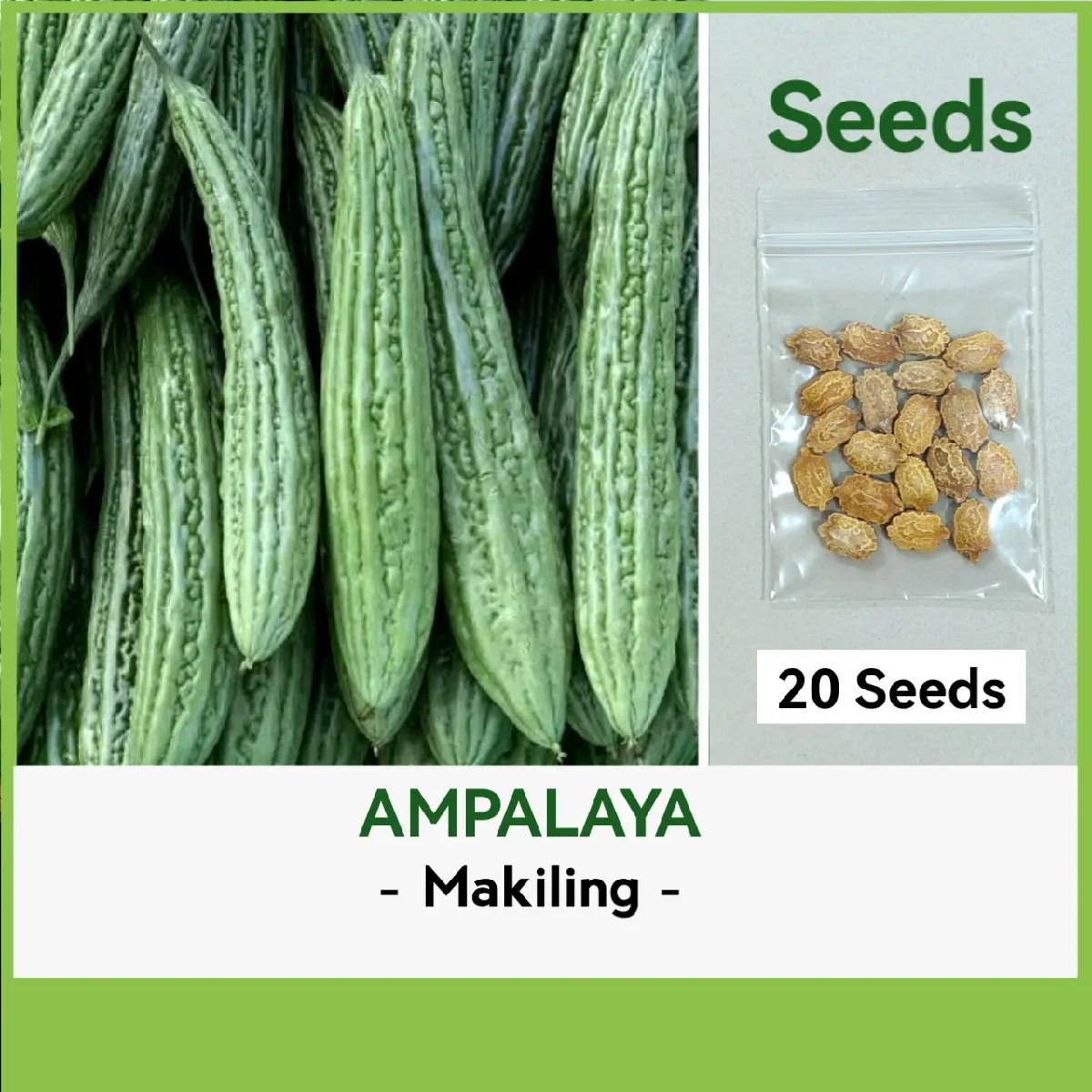
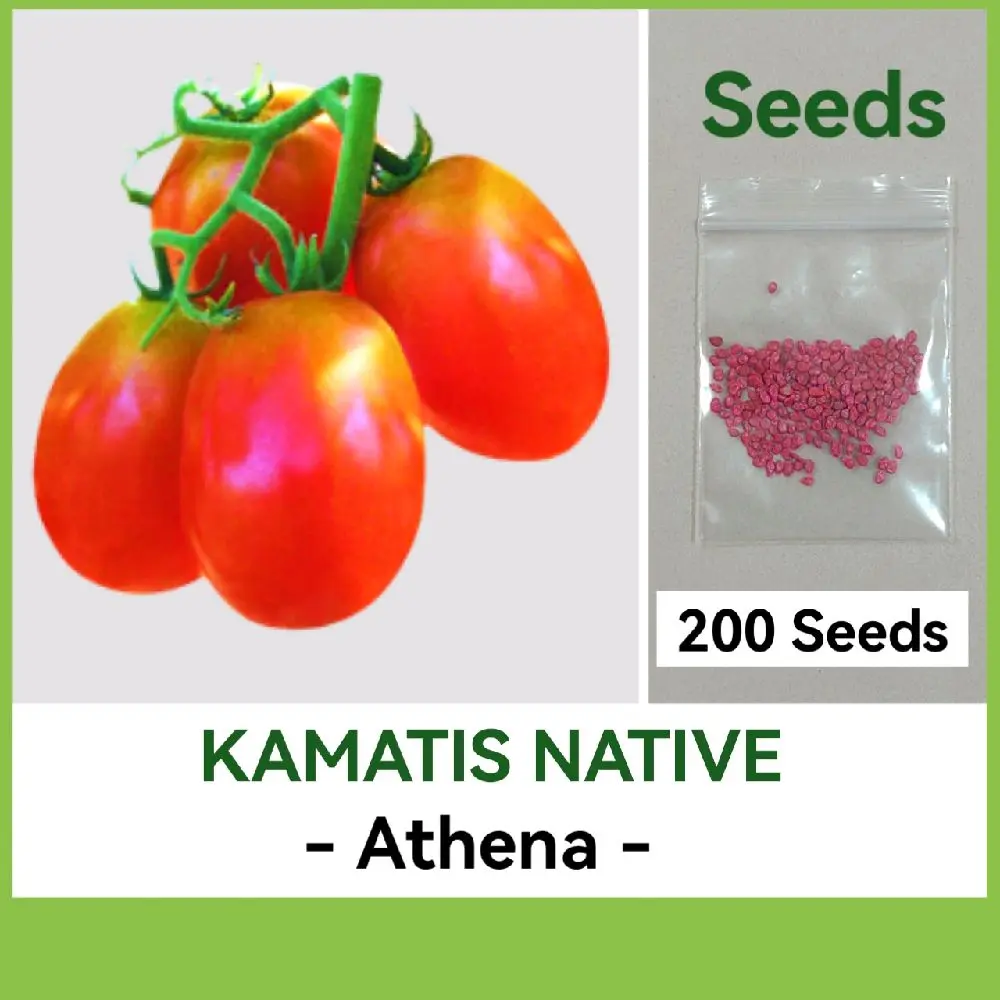
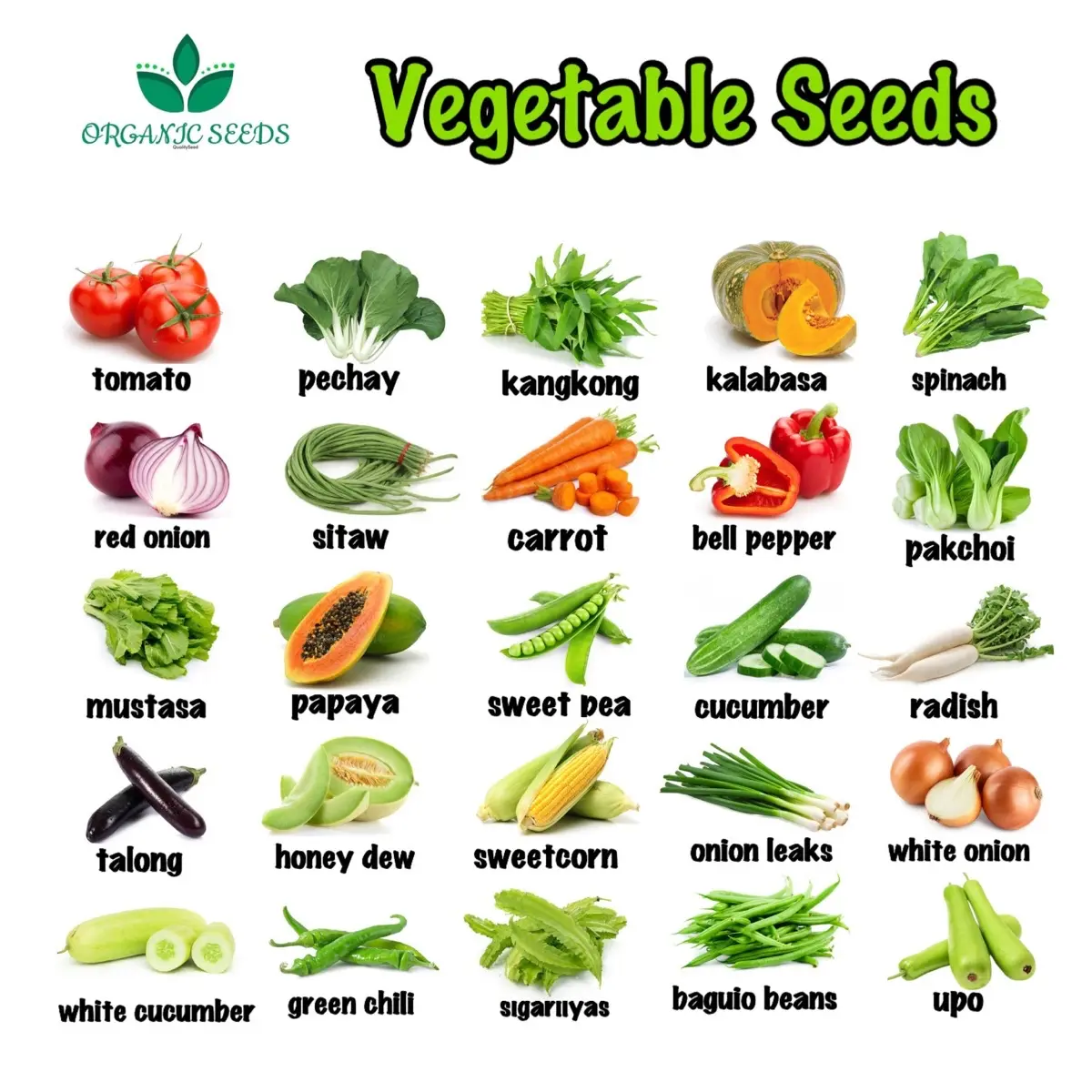

No more products
Open TikTok
![[Easy to grow in Philippines] Edamame Seeds for Planting (30 Seeds) Japanese Edamame Beans Seeds Green Soybean Seeds Vegetable Seeds for planting Vegetables Bonsai Vegetables Seeds for Pot Gardening Potted Live Plants for Sale Real Plants buto ng halaman 0](https://p16-oec-va.ibyteimg.com/tos-maliva-i-o3syd03w52-us/7b79376f2ab64c54a97741c7933f4a14~tplv-o3syd03w52-resize-jpeg:800:800.jpeg?dr=15584&t=555f072d&ps=933b5bde&shp=6ce186a1&shcp=e1be8f53&idc=maliva&from=1826719393)
![[Easy to grow in Philippines] Edamame Seeds for Planting (30 Seeds) Japanese Edamame Beans Seeds Green Soybean Seeds Vegetable Seeds for planting Vegetables Bonsai Vegetables Seeds for Pot Gardening Potted Live Plants for Sale Real Plants buto ng halaman 1](https://p16-oec-va.ibyteimg.com/tos-maliva-i-o3syd03w52-us/b4b372109f6b430397289fe163190418~tplv-o3syd03w52-resize-jpeg:800:800.jpeg?dr=15584&t=555f072d&ps=933b5bde&shp=6ce186a1&shcp=e1be8f53&idc=maliva&from=1826719393)
![[Easy to grow in Philippines] Edamame Seeds for Planting (30 Seeds) Japanese Edamame Beans Seeds Green Soybean Seeds Vegetable Seeds for planting Vegetables Bonsai Vegetables Seeds for Pot Gardening Potted Live Plants for Sale Real Plants buto ng halaman 2](https://p16-oec-va.ibyteimg.com/tos-maliva-i-o3syd03w52-us/307abb6e320641b3b0f8c6c6d4c5ff7c~tplv-o3syd03w52-resize-jpeg:800:800.jpeg?dr=15584&t=555f072d&ps=933b5bde&shp=6ce186a1&shcp=e1be8f53&idc=maliva&from=1826719393)
![[Easy to grow in Philippines] Edamame Seeds for Planting (30 Seeds) Japanese Edamame Beans Seeds Green Soybean Seeds Vegetable Seeds for planting Vegetables Bonsai Vegetables Seeds for Pot Gardening Potted Live Plants for Sale Real Plants buto ng halaman 3](https://p16-oec-va.ibyteimg.com/tos-maliva-i-o3syd03w52-us/f0cf585e03274a678274e87d8cd1d7cb~tplv-o3syd03w52-resize-jpeg:800:800.jpeg?dr=15584&t=555f072d&ps=933b5bde&shp=6ce186a1&shcp=e1be8f53&idc=maliva&from=1826719393)
![[Easy to grow in Philippines] Edamame Seeds for Planting (30 Seeds) Japanese Edamame Beans Seeds Green Soybean Seeds Vegetable Seeds for planting Vegetables Bonsai Vegetables Seeds for Pot Gardening Potted Live Plants for Sale Real Plants buto ng halaman 4](https://p16-oec-va.ibyteimg.com/tos-maliva-i-o3syd03w52-us/c6793191827b492283be38424dc0c64c~tplv-o3syd03w52-resize-jpeg:800:800.jpeg?dr=15584&t=555f072d&ps=933b5bde&shp=6ce186a1&shcp=e1be8f53&idc=maliva&from=1826719393)
![[Easy to grow in Philippines] Edamame Seeds for Planting (30 Seeds) Japanese Edamame Beans Seeds Green Soybean Seeds Vegetable Seeds for planting Vegetables Bonsai Vegetables Seeds for Pot Gardening Potted Live Plants for Sale Real Plants buto ng halaman 5](https://p16-oec-va.ibyteimg.com/tos-maliva-i-o3syd03w52-us/afbac04fd0ac468f8ad45ae1a4a7afc3~tplv-o3syd03w52-resize-jpeg:800:800.jpeg?dr=15584&t=555f072d&ps=933b5bde&shp=6ce186a1&shcp=e1be8f53&idc=maliva&from=1826719393)
![[Easy to grow in Philippines] Edamame Seeds for Planting (30 Seeds) Japanese Edamame Beans Seeds Green Soybean Seeds Vegetable Seeds for planting Vegetables Bonsai Vegetables Seeds for Pot Gardening Potted Live Plants for Sale Real Plants buto ng halaman 6](https://p16-oec-va.ibyteimg.com/tos-maliva-i-o3syd03w52-us/54881fbd12544fe79e80af838d9cd450~tplv-o3syd03w52-resize-jpeg:800:800.jpeg?dr=15584&t=555f072d&ps=933b5bde&shp=6ce186a1&shcp=e1be8f53&idc=maliva&from=1826719393)
![[Easy to grow in Philippines] Edamame Seeds for Planting (30 Seeds) Japanese Edamame Beans Seeds Green Soybean Seeds Vegetable Seeds for planting Vegetables Bonsai Vegetables Seeds for Pot Gardening Potted Live Plants for Sale Real Plants buto ng halaman 7](https://p16-oec-va.ibyteimg.com/tos-maliva-i-o3syd03w52-us/ce919346080d4e5cbb25c9db813921eb~tplv-o3syd03w52-resize-jpeg:800:800.jpeg?dr=15584&t=555f072d&ps=933b5bde&shp=6ce186a1&shcp=e1be8f53&idc=maliva&from=1826719393)
![[Easy to grow in the Philippines] 70pcs Colorful Rose Seeds for Planting Assorted Flower Seeds for Gardening Fragrant Flowering Plants Seeds Balcony Ornamental Potted Live Rose Plants for Sale Indoor and Outdoor Real Plants Garden Decor buto ng bulaklak](https://p16-oec-va.ibyteimg.com/tos-maliva-i-o3syd03w52-us/0359e9c912cf4eaabda3a5474957484b~tplv-o3syd03w52-crop-webp:800:800.webp)
![[100% Original] Asparagus Seeds for Sale Organic Vegetables Seeds for Planting (30pcs Seeds) Vegetable Seeds for Gardening Bonsai Vegetable Plant Seeds Growing Vegetables On Balcony Potted Live Plants Vegetable Seedings Easy To Grow Plants buto ng halaman](https://p16-oec-va.ibyteimg.com/tos-maliva-i-o3syd03w52-us/8dce3f48d30f4e19b406287116f1492f~tplv-o3syd03w52-crop-webp:800:800.webp)
![[100% Fresh Seeds] 150pcs Mixed Zinnia Seeds Flower Seeds for Gardening Bonsai Seeds for Planting Flowers Zinnia Live Plant Seed Ornamental Flowering Plants Seeds Balcony Potted Live Plants for Sale Indoor Plants Real Plants Garden Decor Buto ng bulaklak](https://p16-oec-va.ibyteimg.com/tos-maliva-i-o3syd03w52-us/54c844041b7f4e03823678f6a56e2cb0~tplv-o3syd03w52-crop-webp:800:800.webp)
![[Easy to grow in Philippines] Fresh Grape Seed Fruit Seeds for Planting Fruit Plants (Mixed 70 Seed) Bonsai Fruit Seeds Dwarf Fruit Bearing Trees Balcony Fruits Potted Live Plants for Sale Rare Fruit Tree Seedlings Real Climbing Plants Seeds for Gardening](https://p16-oec-va.ibyteimg.com/tos-maliva-i-o3syd03w52-us/43d094616a5f4778a9ae079558d190d2~tplv-o3syd03w52-crop-webp:800:800.webp)
![[Easy to grow in the Philippines] 20pcs Sweet Cherry Seeds for Planting Cherries Fruit Fresh Dwarf Fruits Plants Organic Fruit Seeds for Gardening Vegetable Fruit Seed Bonsai Tree Potted Live Plants for Sale Indoor and Outdoor Real Plants Garden Decor](https://p16-oec-va.ibyteimg.com/tos-maliva-i-o3syd03w52-us/e849052980a747d5a53ab2ef1206a16c~tplv-o3syd03w52-crop-webp:800:800.webp)
![[Fast Growing] Dwarf Papaya Seeds(10 Pcs Per Pack)Heirloom Variety Papaya Bonsai Seeds for Planting Vegetable Plants Organic Red Lady Fruit for Garden Herbal Health Plants Fruit Seeds Indoor and Outdoor Real Live Plant for Sale High Germination Rate](https://p16-oec-va.ibyteimg.com/tos-maliva-i-o3syd03w52-us/d74692a40037464bbaef9c6450426204~tplv-o3syd03w52-crop-webp:800:800.webp)
![[100% Original Seed] Bonsai Lemon Tree Seeds (15 Pcs Per Pack) Dwarf Fruit Trees Plants Organic Fruit Seeds for Planting Fruit Vegetable Plants Balcony Fruits Potted Live Plants Lemon Tree Plant for Sale Indoor and Outdoor Real Plants Gardening Seeds](https://p16-oec-va.ibyteimg.com/tos-maliva-i-o3syd03w52-us/c0a5607b1cbe4c7e934bf556aaba2c57~tplv-o3syd03w52-crop-webp:800:800.webp)
![[100% Original Seed] Dwarf Banana Seeds for Planting Fruit Plants (30pcs) Bonsai Fruit Seeds Easy Grow Dwarf Fruit Bearing Trees Rare Fruit Tree Seedlings Balcony Fruits Potted Live Banana Plants for Sale Real Plants Seeds for Gardening buto ng halaman](https://p16-oec-va.ibyteimg.com/tos-maliva-i-o3syd03w52-us/8f1f8264c29447659e8e36721831562e~tplv-o3syd03w52-crop-webp:800:800.webp)
![[Easy to grow in the Philippines] 70pcs Mixed Color Climbing Rose Seeds Flower Seeds for Gardening Potted Flowering Plants Seeds Bonsai Seeds for Planting Flowers Climbing Roses Live Plants for Sale Indoor Outdoor Real Plants Plant Seeds for Garden Decor](https://p16-oec-va.ibyteimg.com/tos-maliva-i-o3syd03w52-us/5921fb80ff0c4b9f9459aa07bdc80f04~tplv-o3syd03w52-crop-webp:800:800.webp)
![[Fast Growing] Fresh Grape Seeds Fruit Seeds for Planting Fruit Plants (Mixed 70 Seed) Dwarf Fruit Trees Plants Live Bonsai Fruit Tree Seeds Fruit Seed Potted Rare Fruit Tree Seedlings Balcony Fruits Real Climbing Plants Seeds for Gardening buto ng prutas](https://p16-oec-va.ibyteimg.com/tos-maliva-i-o3syd03w52-us/b983ae64bdc54a00b4ed0e748927469c~tplv-o3syd03w52-crop-webp:800:800.webp)
